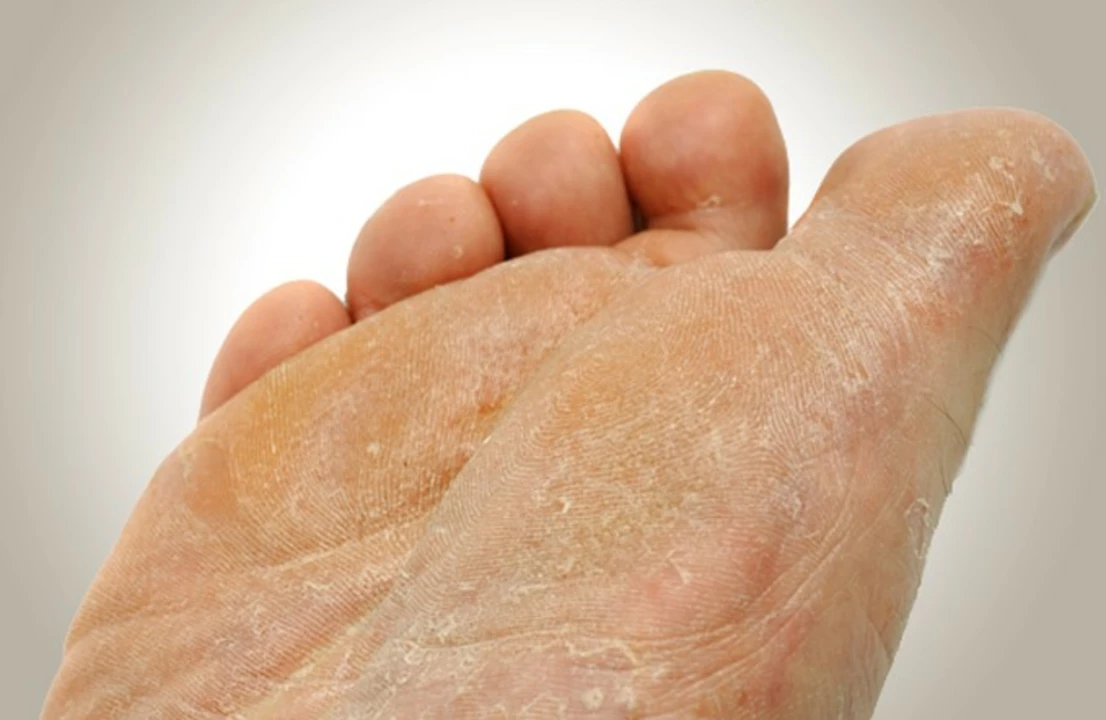Symptoms: What Your Body Is Telling You and What to Do
Symptoms are signals. Some are mild and fade with rest. Others mean you should get help fast. This tag page collects clear, practical guides that help you read those signals—whether it’s a side effect from medicine, a sudden pain, or a new change you can’t ignore.
Spot the pattern: how to read symptoms
Start simple. Note how long the symptom lasts, how bad it is, and what makes it better or worse. Is your cough worse at night? Does heartburn follow certain meals? Keep a short log: time, trigger, and severity on a 1–10 scale. That tiny habit makes conversations with your doctor faster and more useful.
Think about medications. Some symptoms are actually side effects. For example, articles under this tag explain levothyroxine intolerance and signs you may need a different thyroid drug. Other posts cover steroids like prednisolone and antibiotics like Levaquin, both of which can cause symptoms you should report. If you started a new drug and a symptom popped up soon after, note the timing.
Practical at-home steps and when to act
For common, mild symptoms try these first: rest, stay hydrated, use over-the-counter options you know work for you, and avoid things that trigger symptoms. For a fever, monitor temperature and fluids. For nausea, small bland meals and anti-nausea tips like those in our dimenhydrinate guide help. For fungal issues, read the Sporanox article to see when topical care is enough and when to see a pro.
There are clear red flags. Seek urgent care if you have chest pain, sudden severe headache, trouble breathing, sudden weakness or numbness on one side, loss of consciousness, or high fever that won’t respond to medicine. If symptoms interfere with daily life—sleep, work, eating—make an appointment within a day or two.
Use this tag to find specific problem guides. Look for posts about drug-specific symptoms, like nebivolol vs metoprolol side effects, or articles on safe online buying if you need a prescription filled. Each post explains what to watch for and what to tell your clinician.
Before a visit: bring a meds list, a symptom log, and a short timeline. Mention recent travel, new supplements, or changes like pregnancy. Ask direct questions: “Could this be a side effect?” or “What test will show the cause?” A focused list gets better answers.
If you’re unsure, call a nurse line or your doctor’s office. They can often tell you whether to wait, come in, or go to the ER. Use the symptom guides here to feel better informed and to get the help you need faster.

Athlete's Foot and Skin Allergies: How to Tell the Difference
May 16 2023 / Health and WellnessAs a blogger, I've come across a common question that many of my readers have asked: how can we tell the difference between athlete's foot and skin allergies? Athlete's foot is a fungal infection that usually affects the spaces between the toes, while skin allergies are reactions to irritants or allergens that can appear anywhere on the body. Some key differences include the appearance of the rash, the location, and how the condition responds to treatment. It's important to consult a healthcare professional to get an accurate diagnosis and treatment plan. In my next blog post, I'll delve deeper into each condition and share some tips on preventing and managing both athlete's foot and skin allergies.
VIEW MORE